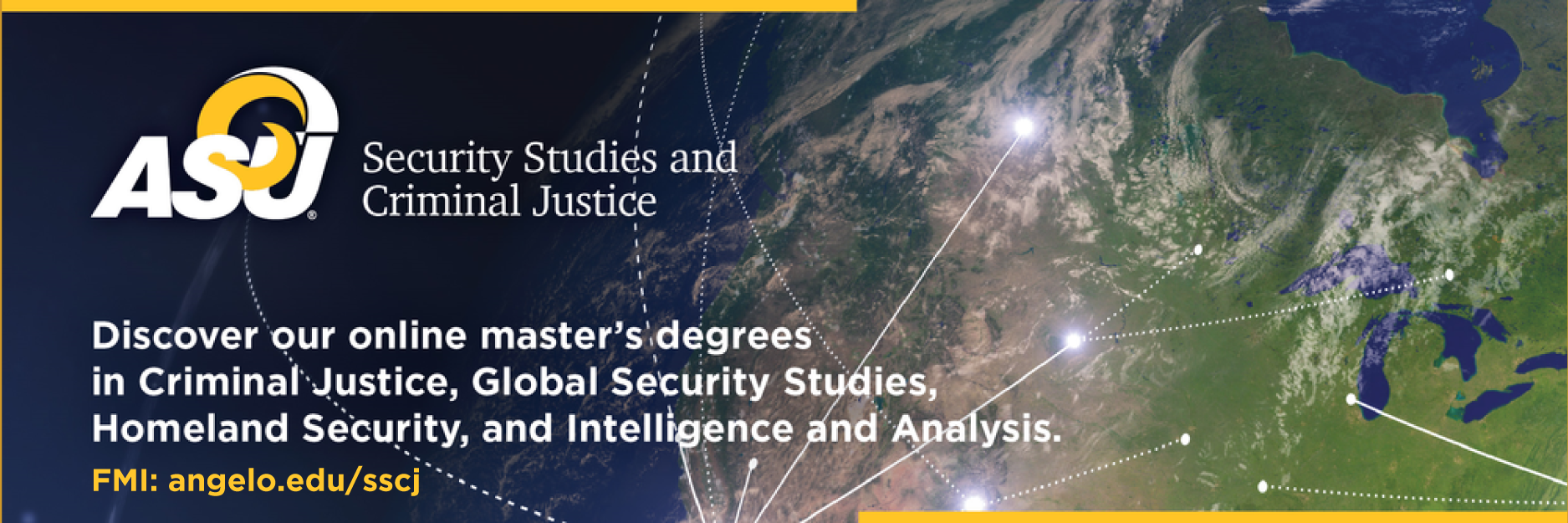Bridging emergency management: A professional assessment of the Minneapolis bridge collapse and other infrastructure failures
DOI:
https://doi.org/10.5055/jem.2007.0031Keywords:
proactive, infrastructure, failure, Minneapolis, ASCE, emergency, managementAbstract
To many in the emergency management profession, the Minneapolis bridge collapse was an epic event that has raised the situational awareness of our crumbling infrastructure. Although this event provided insight to the emergency management community, the vast majority in the civil engineering profession has long recognized the failing integrity of our aging and overburdened infrastructure and the cataclysmic result of its failure. The Minneapolis bridge collapse is a result of the failure, as a profession and a society, to proactively raise awareness of all hazards and to address emerging threats. These hazards include those risks that are created by our technological advances and lack of essential maintenance of these vital national assets.References
Rosenthal U, Boin RA, Comfort LK: The changing world of crisis and crisis management. In Rosenthal U, Boin RA, Comfort LK (eds.): Managing Crisis: Threats, Dilemmas, and Opportunities. Springfield: Charles C. Thomas, 2001: 5-27.
Quarantelli EL, Lagadec P, Bolin A: A heuristic approach to future disasters and crisis new, old, and in-between types. In Rodriguez H, Quarantelli EL, Dynes R (eds.): Handbook of Disaster Research. New York: Springer, 2006: 16-41.
Tierney K, Lindell M, Perry R: Facing the unexpected: Disaster preparedness and response in the United States. In Lindell MK (eds.): Conceptualizing Disasters and Their Impacts. Washington DC: Joseph Henry Press, 2001.
Blaikie P, Cannon T, Davis I, et al.: At Risk: Natural Hazards, People’s Vulnerability, and Disasters. London: Routledge Press, 1994. 5. American Society of Civil Engineers: Report card for America’s infrastructure. Available at http://www.asce.org/reportcard/2005/index.cfm. Accessed August 10, 2007.
Turner BA: Man-Made Disasters. London:Wykeham, 1978.
Schneider RO: A Strategic Overview of the “New” Emergency Management. Emmitsburg, MD: FEMA Emergency Management Institute, 2004.
Britton NR:Wither emergency management? Int J Mass Emerg Disasters. 1999; 17(2): 223-235.
FEMA Planning for Sustainability: The Link Between Hazard Mitigation and Livability. Washington DC: Federal Emergency Management Agency, 2000.
Birkland TA: After a Disaster: Agenda Setting, Public Policy, and Focusing Events. Washington DC: Georgetown University Press, 1997.
Boin A, McConnell A: Preparing for Critical Infrastructure Breakdowns: The Limits of Crisis Management and the Need for Resilience. J Contingencies Crisis Manage, 2007; 15(1): 50-59.
The Infrastructure Security Partnership: Regional Disaster Resilience: A Guide for Developing an Action Plan. Reston, VA: American Society of Civil Engineers, 2006.
Published
How to Cite
Issue
Section
License
Copyright 2007-2023, Weston Medical Publishing, LLC and Journal of Emergency Management. All Rights Reserved






